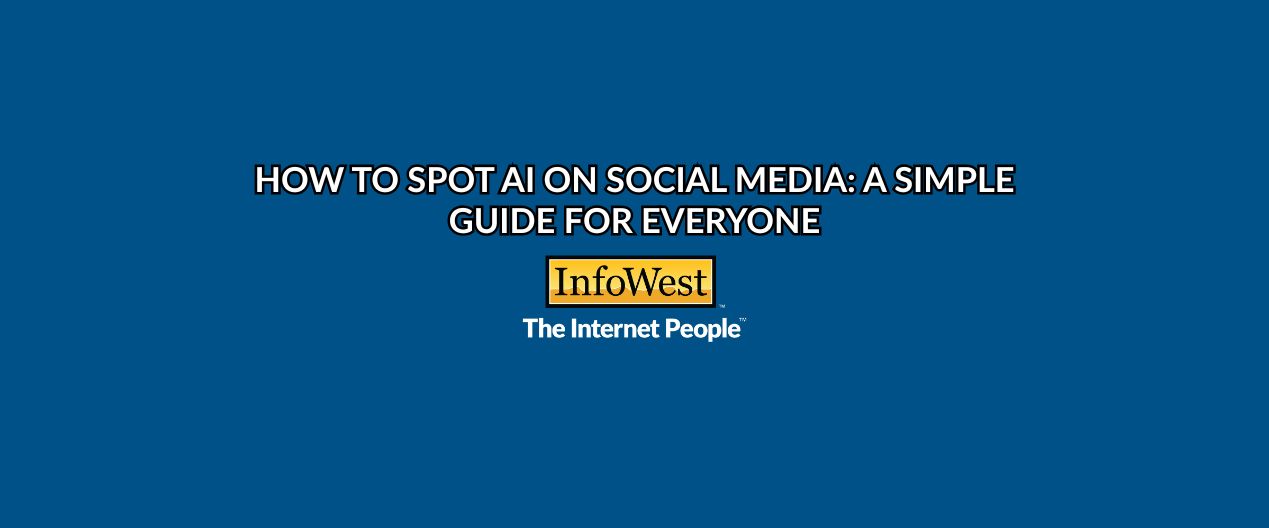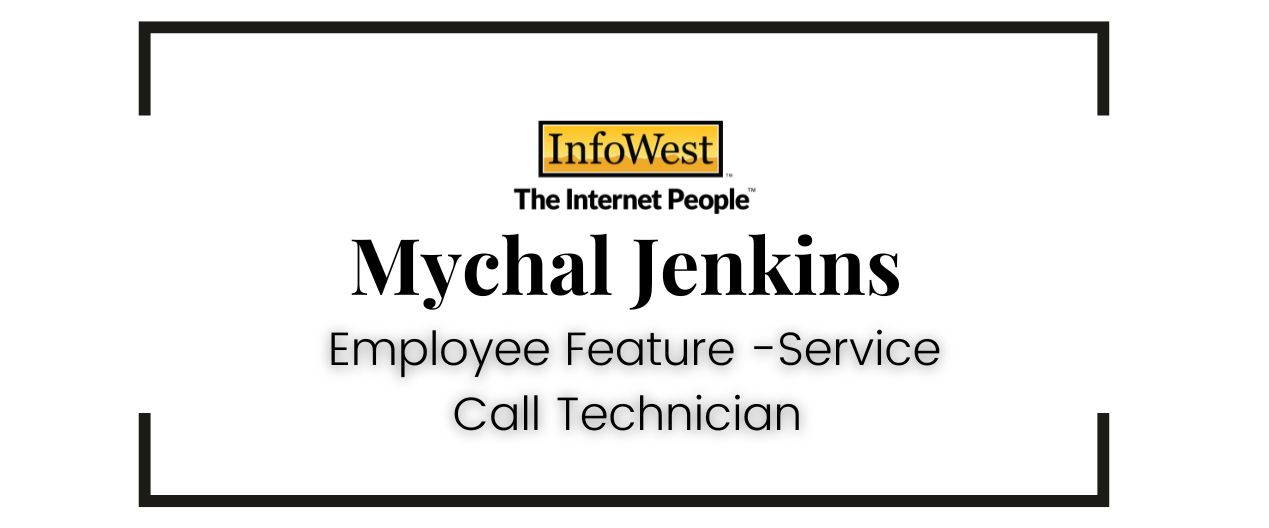AI, or Artificial Intelligence, is a big part of our everyday lives. AI tools are getting easier and faster to use. That’s why it’s important to learn how to spot AI online. It can help protect you from scams, fake news, and other confusing stuff. Plus, it helps make your time online safer and more fun.
Trust Your Gut First
If something online feels weird or off, trust your gut. AI is not a real person, it just tries to act like one. If a picture or video looks strange, or if a post doesn’t feel right, you’re probably right to be careful. When something seems odd, it probably is.
Check the Source
When you see a post that looks like news, try to find where it came from. Look for trusted websites or official social media pages. If it’s about a famous person, go to their real account to see if it’s true. If something looks strange and it’s from a friend, try calling or talking to them to find out if it’s real.
How to Spot AI Images
Sometimes AI images look real, but they usually have some big mistakes. One of the easiest things to check is the hands. AI often makes fingers too long, bent at odd angles, or even adds an extra finger. Hands might also look like they don’t touch things the right way.
Teeth can also be a clue. AI teeth are often super white, too straight, or spaced oddly. They might not look like a real person’s teeth. Human smiles are unique and not perfect. AI often makes everything look too perfect.
Eyes are another way to tell. AI eyes can look too shiny or lifeless. Sometimes they don’t match, like one eye is a different color or shape. People in pictures might be looking in strange directions or not at each other naturally.
Hair can be hard for AI to get right. It may look like it was painted on. Real hair has little frizzes and flyaways. AI hair might be too smooth, too shiny, or look like it blends weirdly into the background or clothes.
Look at the background too. Books might be bent in impossible ways. Objects could be floating, or colors may look wrong. Signs might have letters that don’t make sense. Even things like couch cushions may not match the room or setting. These small things can be big clues that the image was made by AI.
Spotting AI in Videos
AI-made videos can also have strange problems. The way people move their mouths might not match the words. Facial expressions can look wrong, like smiling when they should be sad. Movements might look jerky or too smooth. Watch the eyes too—people might blink too much or not enough.
AI voices can sound flat or robotic. Real people speak with ups and downs in their voices. If the voice doesn’t sound natural or has no feeling, it could be AI.
Also watch what’s happening in the background. Clouds might move too fast. Lights might change in strange ways. A butterfly might fly in the exact same circle over and over. These are little things that can show a video might be made by AI.
You can pause the video or zoom in to look closer. Sometimes, these little details are easier to catch when the video isn’t moving.
Can You Spot AI Text?
Yes! Even though AI can write perfect grammar, that’s a clue. Real people make little mistakes or style choices. Look for writing that feels too smooth or uses verbose words that most people don’t use in everyday talk. If it sounds too perfect or too robotic, it might be AI.
Some blogs and websites will say if AI helped write or make something. That’s a good and honest thing to do. But not everyone is honest. You can try copying a part of the text and searching it in Google. If it shows up in lots of other places, it could be AI. Some websites say they can check if writing is AI, but those aren’t always right either. AI is getting better at hiding.
How to Stay Safe from Fake AI Content
There are simple ways to keep yourself and your family safe from AI scams and fake stuff online.
Make sure you’re following real people and trusted pages. Only follow accounts that you know and trust. Don’t spend too much time scrolling. Take breaks often. Rest your eyes and go outside or do something fun away from a screen.
If you see something that seems too good to be true, double check it before you share it. Always go back to the original source when you can.
If you think something is fake or wrong, report it. Most social media apps have buttons to report bad or fake content. You might help someone else stay safe, too.
InfoWest Is Here to Help
At InfoWest, we’re proud to be “The Internet People.” If you ever feel unsure, confused, or have questions about your internet or online safety, our tech support team is here 24/7 to help.
Never click a strange or suspicious link. And if someone is rushing you to share personal information, that could be a sign of a scam. Always stop and think before you respond.
Final Tip: Keep Learning
AI is changing fast. It’s important to keep learning how to spot fake AI content and how to stay safe online. By keeping up with new tips and staying alert, you can enjoy your time online and protect yourself and others.



